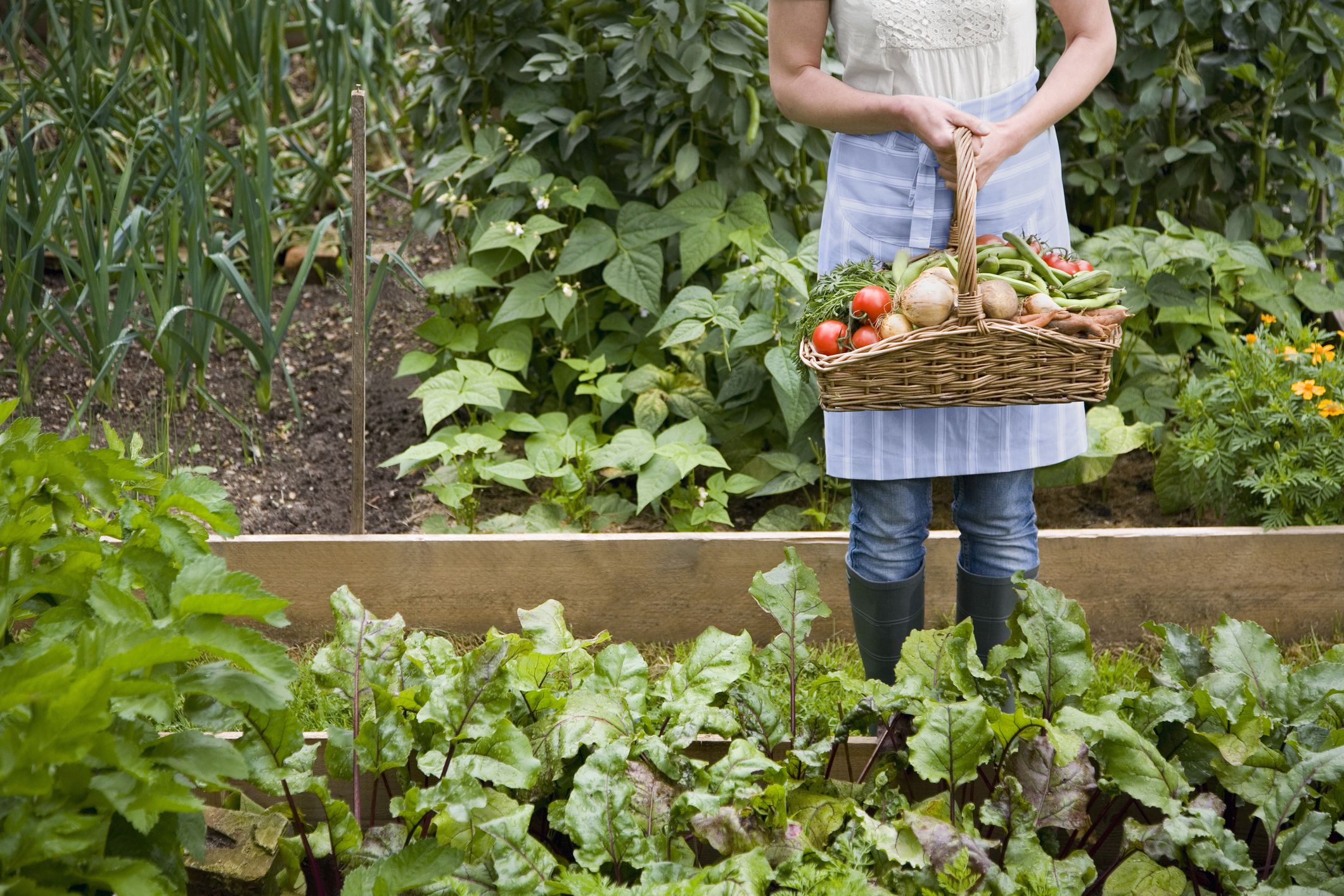Calathea is a beautiful plant with a unique look, but unfortunately, it is not easy to care for. Calathea belongs to the marancha family. It originates from the jungles of South America, in the Amazon region. Here, calathea grows naturally in the shade. Calathea is very rich in colors and leaf shapes. The leaves are mainly green and purple, oval and round.
A unique characteristic of Calathea is that the leaves are “alive.” The leaves close in the evening and open again in the morning. This can cause a murmuring sound.
Watering a Calathea
This is a houseplant that consumes a relatively large amount of water. It is best to give the calathea a small amount of water regularly. In summer, watering twice a week is recommended. In winter, watering can be reduced. It is essential to plant the calathea in slightly moist soil so that a layer of water does not form at the bottom of the pot. Because they originate from the humid Amazon rainforest, the soil mustn’t dry out.
You can quickly feel if the soil is still moist by sticking your finger. If the soil begins to dry out, water again. If the plant starts to droop, it is a clear sign that the calathea is not getting enough water. If it has not been dry for a long time after watering, it will be vigorous again. Also, curled leaves are often a sign that the plant is thirsty.
Constant watering can lead to root rot due to too much moisture.
Light and Warmth
Calatheas do not need much light. Place the calathea in semi-shade, out of direct sunlight. Too much sun can harm the plant, causing the edges of the leaves to turn brown.
Calatheas prefer high humidity. Therefore, keep it away from radiators and drafts. Calatheas prefer warm rooms.
The ideal location is in front of a north-facing window. A distance of 2 to 4 meters is recommended for west- or east-facing windows. For south-facing windows, a distance of 3 to 4 meters is recommended.
Repotting Calathea
Calatheas should be repotted every 2-3 years or when the pot gets smaller. It is preferable to repot in the spring. At this time of year, the plant recovers more quickly from damage. Also, repotting calatheas soon after purchase prevents rapid drying of houseplants.
Use a planter with a diameter of at least 20% larger than the pot. This gives the plant more room to grow roots and allows fresh soil to absorb nutrients and moisture.
If you do not repot your Calathea, there is a greater chance that too much water will accumulate in the existing root ball, causing dehydration.
Feeding the Calathea
During the spring and summer, when the calathea produces new leaves, it is advisable to feed it further. This will consume a significant amount of energy for the houseplant. Also, sufficient amounts of nutrients will help maintain the color of the foliage. To do this, use an all-purpose houseplant food. Check the correct dosage on the package, and do not use more than indicated. Too much nutrition can harm the plant and its roots. Fertilization is not necessary during winter and fall. It can even harm houseplants.

Maintenance of Calathea
Leaf Discoloration
The pattern on the leaves of Calathea fades as they age. These leaves can be easily cut. Curled or withered leaves indicate that the site is too dry or lacks water. Low humidity weakens plant vigor and also affects the ornamental soil.
Pruning
It is easy to cut off old, ugly leaves just below ground level. This has the advantage of saving energy and preserving ornamental value. Since they do not grow very large, pruning is not necessary to keep houseplants small.
Let us know if these few tips have helped!




